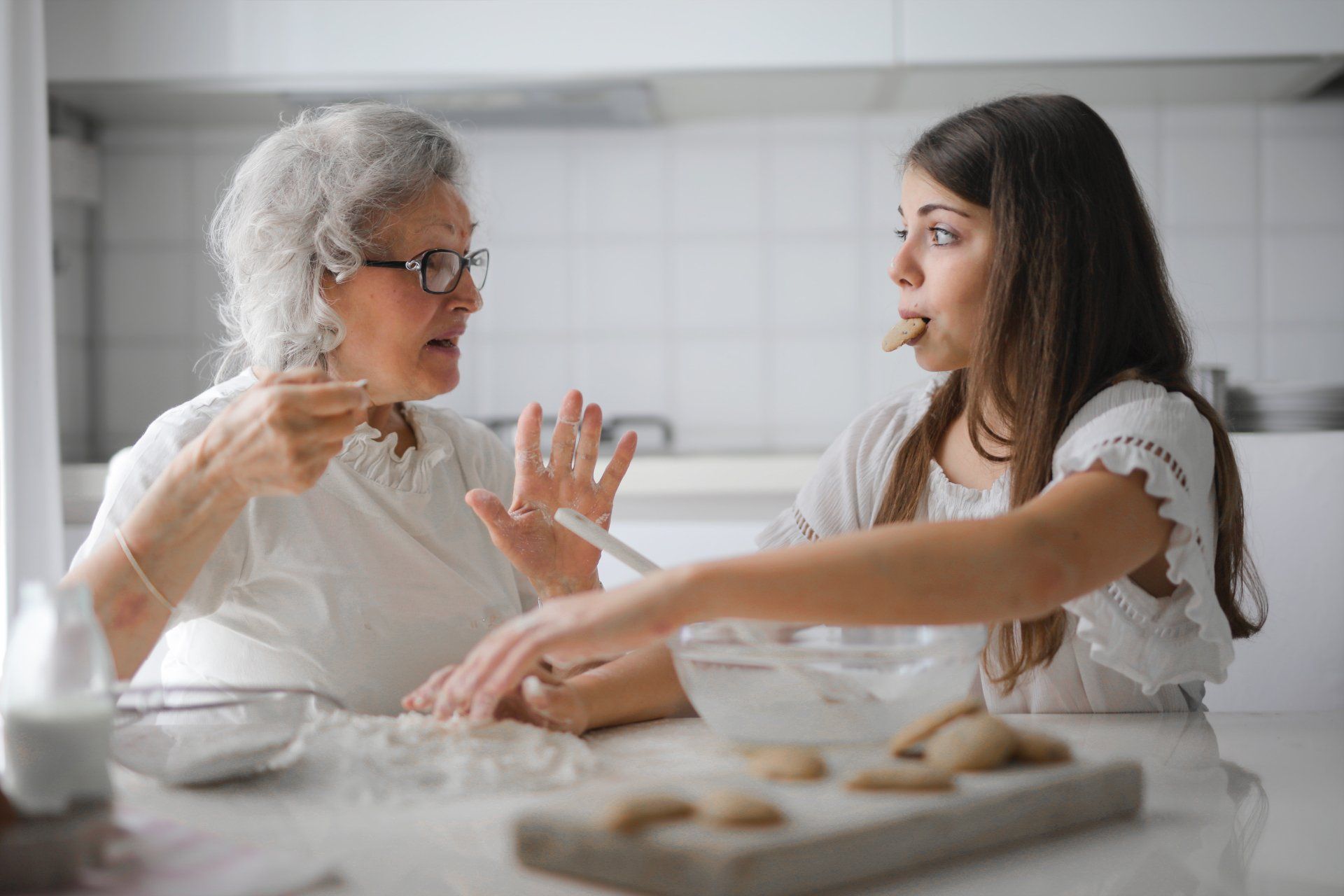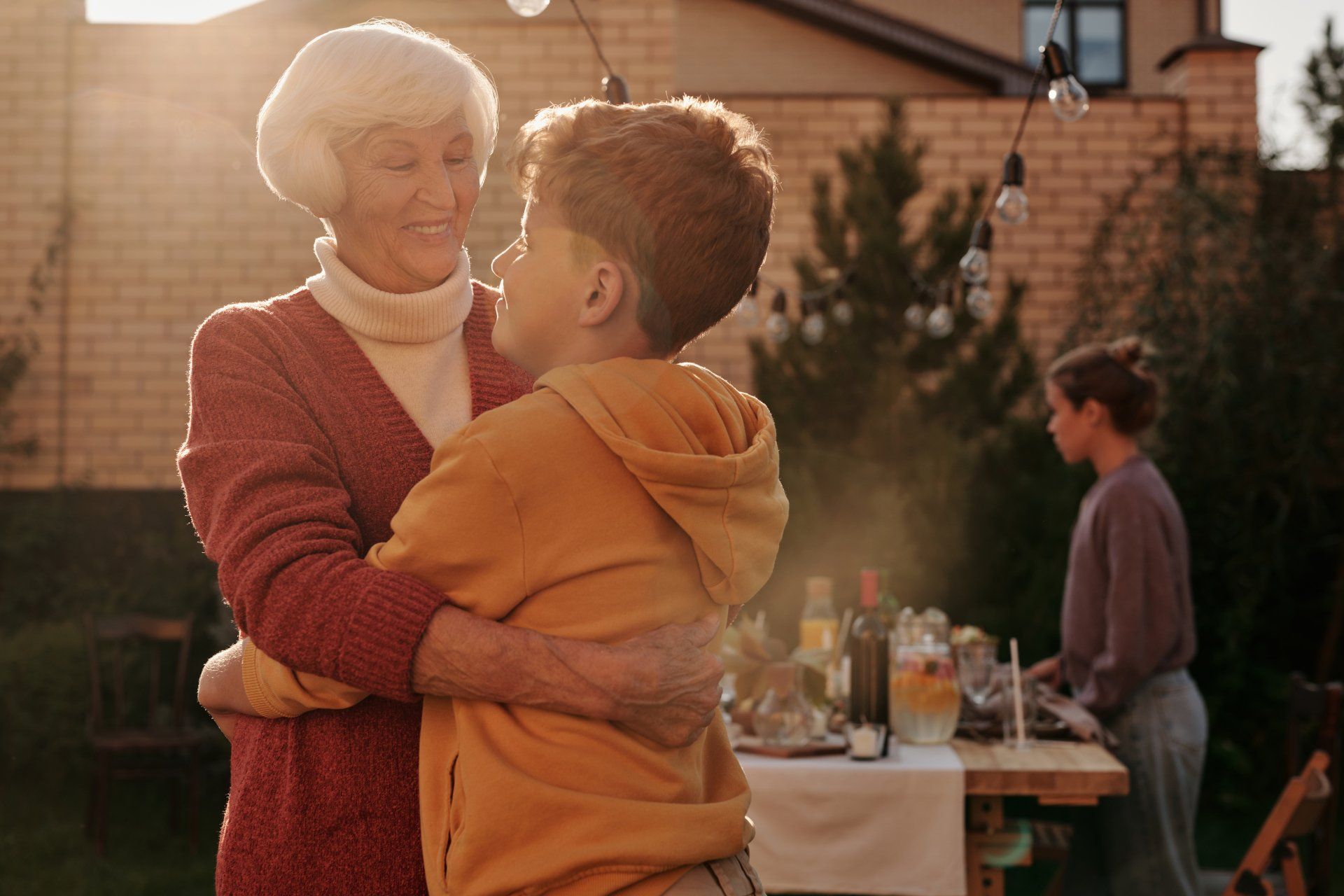
Geriatric.
Geriatric / Older Adult Occupational Therapy.
Our geriatric Occupational Therapists (OTs) often help older adults recovering from an injury or health event to regain skills and provide support for older adults experiencing physical and cognitive changes. Our OTs work with older people with age-related conditions such as fragility, mobility issues, poor balance/coordination, memory loss and vision/hearing loss which lead to changes in their ability to participate in the meaningful activities of everyday life. We support older adults in their home, acute care (hospitals and rehabilitation centres) and in aged care.
We liaise with the person and their support network to determine want they want to do to maintain or restore their quality of life e.g., it may be to remain at home, to be able to shower themselves, to put on their own shoes, to cook a meal, to walk into the garden and plant flowers, to write a letter to their grandson or daughter or play cards with their friends again. Our OTs will consider the persons goals in helping to establish interventions to improve their ability to perform daily activities.
Services we often provide:
- Comprehensive cognitive, functional, sensory and/or home environment assessment to determine the person's functional capacity and establish interventions.
- Compensatory/adaptive strategies as if an older person’s functioning is affected by physical and/or cognitive difficulties, an OT can provide strategies or techniques that work around their limitations and help them perform tasks in an alternative manner. One example of a physical adaptation is to use a different dressing technique, such as sitting down or using a shoehorn.
- Prescription of assistive technology and equipment that support the person and their support network in performing tasks which can enable them to continue to live at home and delay or prevent the need for long-term care e.g., walkers/wheelchairs to compensate for mobility limitations and reduce risk and/or fear of falls, shower chairs to increase safety in wet areas, hoists to assist with safe transfers, adjustable beds to assist with getting in/out of bed or others providing support, electric recline/lift chairs to assist with getting in/out of a chair, pendant alarm for peace of mind and to inform others of a fall or when requiring assistance and compensatory memory aids (orientation clocks, electronic pill dispensers, smart stove).
- Home modification to improve, independence, safety and ease of tasks and activities. This could be as simple as a grab rail for getting in and out of the shower, installation of a bidet to assist with personal hygiene post toileting, installation of a water temperature valve system to prevent scalds/burns, or more extensive alterations like ramps, lifts and removal of a shower hob.
- Falls prevention techniques as slips, trips, and falls in and around the home are often the cause of injuries to older adults. Usually, they are the result of a combination of factors related to the person, such as muscle weakness or impaired balance, and the environment, such as loose rugs or clutter. OTs possess the skills needed to help prevent falls in older adults. They will review the home environment for hazards and evaluate their client for limitations that contribute to falls (and remove them if possible), before recommending interventions such as home modifications, assistive technology and equipment, compensatory and adaptive strategies and improving physical ability to safely perform daily tasks.
- Education to train family and support network to ensure they are helping the person safely at home and protected from injury e.g., manual handling training.
- Energy conservation and work simplification i.e., to minimise muscle fatigue, joint stress, and pain. Rather than completing an activity all at once, the idea is to break it down into smaller, more manageable tasks so that the level of stress on joints is reduced and the body has a chance to recover. It’s also about organising the person's schedule through the day to perform more demanding tasks at specific times and making sure they have rest periods if necessary.
- Assess competency for driving as the ability of an older person to drive safely, consistently and independently may be affected by aged-related changes and/or a condition. For instance, people with dementia may get disorientated or lost while driving in familiar areas, or forget the purpose of their trip. A registered OT Driving Assessor can assess your fitness to drive and help keep you driving for as long as it’s safe to do so. Sometimes people can continue to drive independently as long as they have a condition added to their license, such as only driving in daylight or in off-peak hours, or driving only in familiar areas within a set radius from home.
- Future planning e.g., Enduring Power of Attorney (EPA), Enduring Power of Guardianship (EPG), Allied Health Directive (AHD).
- Link in with the relevant community and government services available.
- Management to reduce challenging 'behaviours' or what we call 'responses' as the person is often responding to staff approach, environmental factors (e.g., loud noise, bright lights), pain, frustration over not being able to articulate needs etc.,
- Pressure care management
- Palliative care management or end of life care to ensure management of person's symptoms, comfort and quality of life.
- Pain management via physical and psychological rehabilitation, and interventional approaches such as relaxation and distraction therapy.
What conditions in older people can OTs treat?
Our OTs work with older clients living with a range of conditions which can include:
- Neurological/neurodegenerative condition e.g., dementia, Parkinson’s disease, Huntington's disease, Multiple Sclerosis.
- Physical disability such as functional decline and frailty.
- Psychosocial disabilities such as Depression and Anxiety.
- Intellectual disability.



We’d love to meet you.
It’s easy to submit a referral online.
To work with Susan or someone from her team, submit a referral form online. We’d love to explore how we can best support you and will get in touch with you as soon as possible.


Kemp achieving your goals.
All Rights Reserved | Kemp Allied Health